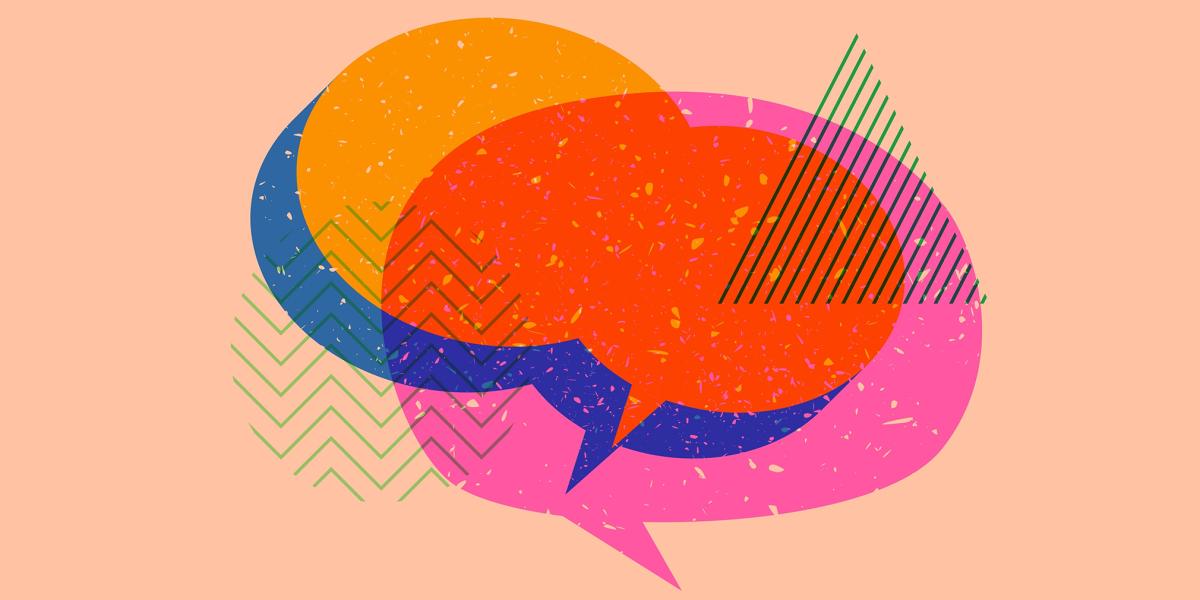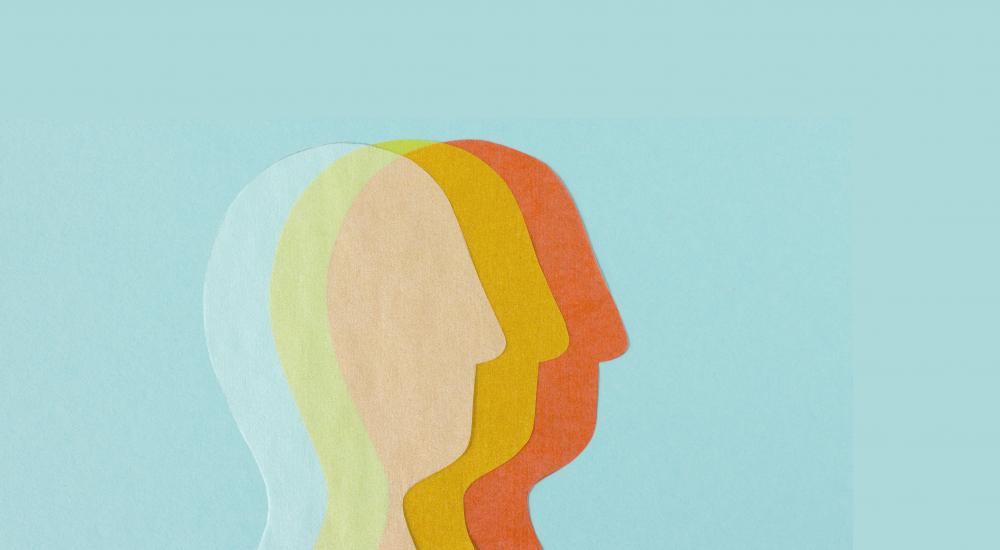Countering Unconscious Bias in International Education: Next Steps

Four years ago, the world was grappling with an unprecedented global pandemic—one that brought into sharp relief issues of bias against individuals of different nationalities, races, ethnicities, and religions. However, these issues were not new.
“Biases against international students and scholars have existed for a long time, and the [COVID-19] pandemic simply made them more visible,” says Christina Yao, associate professor and coordinator of the education leadership PhD program at the University of South Carolina. “Our Asian international students were unfairly cast as scapegoats, carriers of disease, economic assets, and political pawns.”
While the world has changed dramatically in the past four years, International Educator’s 2020 article on identifying and addressing bias in classrooms still resonates today. International Educator recently connected with several professionals featured in the original article, along with some new contributors, to share insights and offer best practices for unconscious bias on campuses.
“At this point, I would argue that we should move beyond ‘unconscious bias,’ especially in the context of global perspectives,” says Yao. “The pandemic revealed that a significant amount of bias is not unconscious at all. We must go beyond simply applying a Band-Aid to the various discriminatory actions against international students and scholars and adopt an equity-focused approach both inside and outside our classrooms. This shift requires a deeper personal and institutional commitment to responsibility.”
Understanding Unconscious Bias
At its core, unconscious or implicit bias is about the attitudes and stereotypes that unknowingly affect one’s understanding, actions, and decisions. These biases are typically shaped by personal experiences, cultural influences, and societal norms, affecting how we perceive and interact with others.
While problematic in any field, unconscious bias is especially detrimental in higher education, where it undermines the essential collaborative spirit of academia, hindering faculty, staff, and students in the exchange and creation of new knowledge, according to Stephanie Doscher, assistant vice provost for curriculum internationalization at the University of Minnesota.
“Unconscious biases lead us to exclude others and dismiss their ideas, trapping us in a bubble of our own confirming beliefs. The pursuit of new knowledge demands that we actively and intentionally seek out diverse perspectives and challenge our assumptions.”
Creating Space for Honest Discussion
Some of the most effective efforts to combat bias on campus are those that intentionally create opportunities for open dialogue and transparent discussions, benefiting administrators, faculty, and students.
“Our internal research at the University of Minnesota indicates that students want to engage with diverse perspectives, but they need faculty support to do so,” says Doscher. The University of Minnesota’s microcredentialed Teaching in Globally Diverse Classes professional development program, open to participants inside and outside the university, addresses this need by offering a variety of experiential learning workshops, helping educators identify and transform their unconscious biases while equipping them to guide their students through a similar process.
“We also partner with the university’s Center for Educational Innovation and Office for Equity and Diversity to host a range of workshops and open discussions aimed at fostering a fully inclusive campus climate,” says Doscher.
Another example is the Inclusive Campus Initiative at Michigan State University (MSU), which includes a physical space, a virtual platform, and university programs aimed at addressing student concerns and developing inclusive strategies. This initiative is intended to ensure that students of all identities feel safe and welcomed on campus.
“Once students, faculty, staff, and campus leaders recognize that we all carry biases and that these can influence how we treat others and [shape] our experiences on campus, they become better equipped to engage confidently with those who are different from themselves,” says Anjam Chaudhary, global diversity, equity, and inclusion program director at MSU. “It is essential to create platforms where students feel safe sharing their experiences and grievances, while also addressing their needs.”
Different Strengths and Perspectives Add Value
Rather than looking at differences as deficits or obstacles, many in the field are embracing an approach that helps individuals recognize their unique strengths and highlights the value of diverse talents and perspectives both inside and outside the classroom.
“Adopting an assets-based approach to teaching, learning, and administration is a powerful shift that helps uncover and mitigate bias,” says David Wick, associate professor at the Middlebury Institute of International Studies at Monterey. Wick highlights frameworks like Tara J. Yosso’s community cultural wealth model, which encourages exploration of how individuals from diverse backgrounds develop and showcase their strengths. Analyzing these assets and engaging in reflective discussions with peers can be particularly beneficial on the individual level. “I’ve found that using tools like StrengthsFinder for self-reflection and conversations with others can enhance our recognition of the unique gifts that each individual brings and how our actions can either amplify or undermine those strengths,” says Wick.
Outside of the classroom, creating inclusive environments that amplify diverse voices requires intentional strategies and practices. Forming committees with diverse representation, implementing peer-review processes for documentation and communication, and practicing self-reflective journaling all contribute to creating environments where new and alternative voices can be heard. “When we make time in our lives to learn from different perspectives and cultures, we enable ourselves to recognize unconscious bias more readily within our communities and ourselves,” says Shannon Fuhrman, senior director of training and development at Regent University.
Implementing a Data-Driven Approach
Measuring the effectiveness of initiatives aimed at combating bias can be challenging, but some organizations have successfully adopted a data-driven approach. Malaika Marable Serrano emphasizes the importance of linking these efforts to business outcomes. “In my role, we prioritize belonging and retention,” says Serrano, vice president for diversity, equity, inclusion, and belonging (DEIB) at Guild. “Belonging is positively correlated with performance and productivity, which are metrics that businesses and organizations highly value.”
Serrano’s organization discovered an equity gap in promotion rates among staff members from different identity groups. To tackle this issue, they conducted a quantitative survey, followed by focus groups for a deeper exploration. Serrano and her team implemented several interventions, including enhanced DEIB training for managers—which provided instruction on inclusive hiring and performance management practices—and professional development for early- to mid-career employees.
“After implementing the interventions, we were pleased to see the promotion gap close after several cycles,” says Serrano. “To assess the impact of the two interventions, we analyzed the quantitative data and ran several focus groups. We were pleased to learn that manager enablement training coupled with professional development for employees yielded positive results.”
Wick emphasizes the importance of adapting assessment strategies to enhance understanding and address bias in educational settings. This involves collecting and evaluating information both formatively, to make adjustments during implementation, and summatively, to assess overall effectiveness. “Given the topic of bias, it’s particularly crucial to gather and evaluate data indirectly to understand individuals’ perceptions of their knowledge, skills, and attitudes, as well as directly through observation or rubric-based analysis of student work.”
It Begins with Honest Reflection
Although unconscious biases may be inherent, they don’t have to be accepted as immutable, says Yao. “I always emphasize that the first step is to ask ourselves challenging questions—what are our feelings towards international students and scholars? How do we behave? How do we respond and communicate with our students? Most importantly, have we asked our students what they need? In confronting our own internal biases, we must recognize our personal positions and be honest about our thoughts and feelings towards our students.”
This attitude of intentional reflection and honest inquiry must extend beyond student interactions to all aspects of international education. Addressing unconscious bias requires a multifaceted approach across curriculum design, administrative policies, faculty development, and institutional culture. By implementing comprehensive strategies and committing to ongoing evaluation, international educators can foster more inclusive and equitable environments for all members of their global communities.
•
NAFSA Resources
- Teaching, Learning, and Scholarship Knowledge Community: Curriculum Internationalization and Intercultural Training Network
- Developing Proficiency in Intercultural Communication e-Learning series
- Intercultural Communication and Training Toolkit 2.0
- Learning Across Cultures: Locally and Globally, Third Edition
- Making Global Learning Universal: Promoting Inclusion and Success for All Students
- Navigating the Intercultural Classroom
- Social Justice and International Education
About International Educator
International Educator is NAFSA’s flagship publication and has been published continually since 1990. As a record of the association and the field of international education, IE includes articles on a variety of topics, trends, and issues facing NAFSA members and their work.
From in-depth features to interviews with thought leaders and columns tailored to NAFSA’s knowledge communities, IE provides must-read context and analysis to those working around the globe to advance international education and exchange.
About NAFSA
NAFSA: Association of International Educators is the world's largest nonprofit association dedicated to international education and exchange. NAFSA serves the needs of more than 10,000 members and international educators worldwide at more than 3,500 institutions, in over 150 countries.
NAFSA membership provides you with unmatched access to best-in-class programs, critical updates, and resources to professionalize your practice. Members gain unrivaled opportunities to partner with experienced international education leaders.














